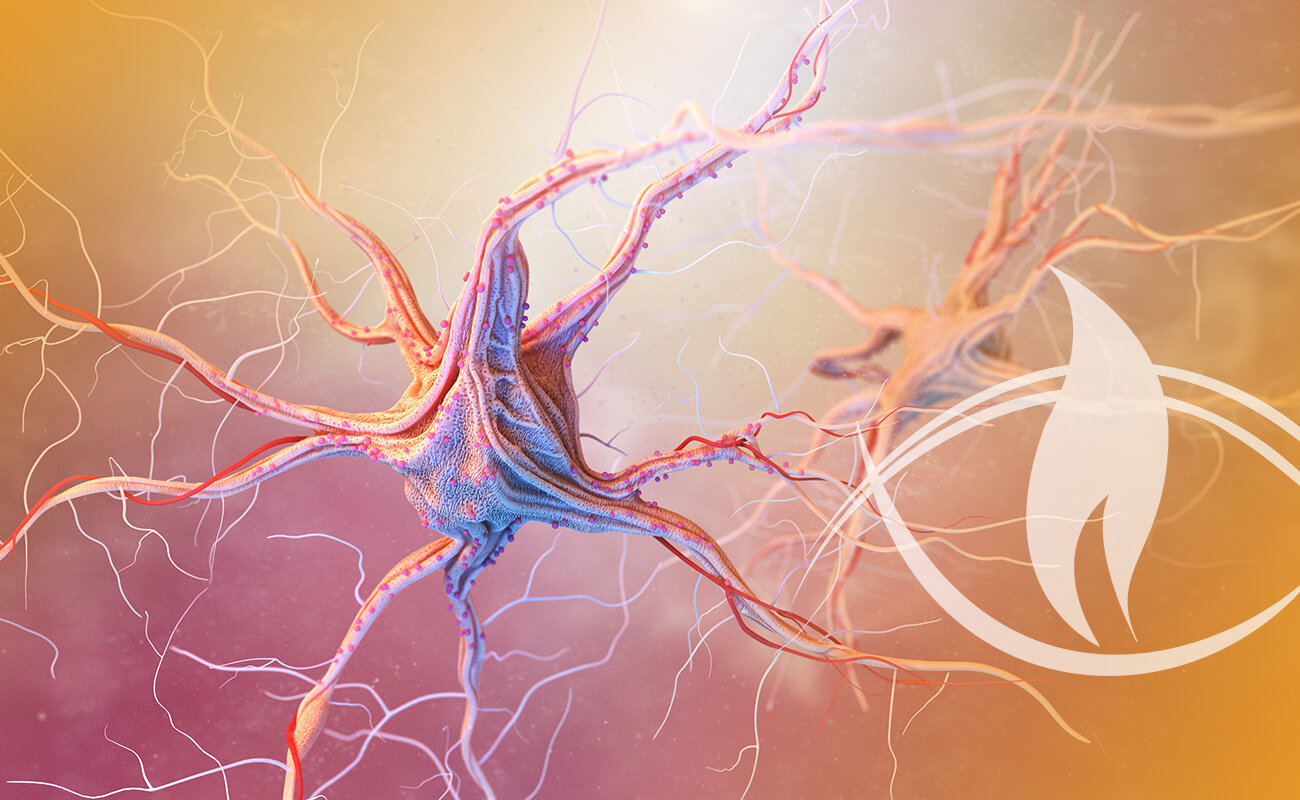Question 1: What advice do you have for older practioners trying to get further into their splits? If I really believe I could go further- what sorts of things should I try?
The first advice we’d give is to go further into your breath. Breath is yoga! In order to further your practice in any pose, try first checking out your breath during your practice. Use your ujaii breath to further concentrate and move the oxygen and heat through the body.
Secondly a variety of muscles and ligaments opening are required for splits- hamstrings, hip opening, quadriceps, groin all will have to lengthen and open in order to get further in splits. Try to use your breath in certain postures like Warrior II, frog, runners stretch, and runners lunge. These are great Asanas to further the range of motion and lengthen the muscles and support the fascia when working for the splits.
Respect your journey. Honor your body. Let your teacher know this is a pose you are working on and they may try to work it into the practice while you are warm. Remember some postures truly take time to develop in the body. Don’t be frustrated if they don’t arrive immediately and never push yourself further than your body wants you to go.
Question 2: What goes on in a yoga teacher’s head as they are practicing yoga? Are they able to quiet their mind during a yoga class?
A yoga teacher’s journey is much like yours.
All of us are using the postures in yoga to move oxygen and blood through the body and become more mindful of the way it feels to be in the body.
Just because yoga teachers have studied and done yoga for awhile, does not make them immune to the challenge of calming the mind and staying present in the journey.
Many yoga teachers claim sometimes it is even more difficult to be centered in a class, because- once a yoga teacher always a yoga teacher. A teacher’s mind may be interested in accumulating ideas from the teacher they are training with to use in their own teaching. For many yoga teachers, the tools they have developed through teacher training and in simply practicing asana and mindfulness is enough to help quiet their minds a bit more.
The “monkey” mind is something we are all often plagued with. It is a challenge for all humans to still the mind even for a moment. Your yoga teacher included☺
Question 3: Why sometimes when I try to meditate does my mind start thinking of the things that bother me or I am most scared of? And how do I get back to my mediation if these thoughts are persistent?
First of all, no worries! This is a very common practice of the mind. It’s just doing what it is supposed to do/what its always done. We are just pausing to notice now.
A requirement of many yoga teacher training courses is to practice meditation. Sometimes it involves scheduling meditation every day. At first, this can be very intimidating, especially if our minds are especially busy thinking or we have “monkey” brains as we often do. The practice though, if you are able to stick with it, is a great way to begin listening to what the voices in your mind are truly saying to you.
First, after you meditate try journaling about the experience. Keep track of what thoughts are coming to your mind as you are meditating. What does the voice say? How does it sound? Are these things you would say to a friend, a spouse or a loved one?
Then, allow the thoughts to be what they are- WITHOUT judgment. Maybe label the thoughts- “my to do list”, “my fears or worries”, “my frustrations”, etc.
Instead of trying to change the thoughts, just aknolwedge they are there and CELEBRATE the awareness of those thoughts. For what we are not aware of, we can not address. What we can see – we can work alongside. Instead of storing those thoughts on a pedestal for “later” – hence giving them more importance by not working them- take time to journal, process, or if needed talk with someone that has earned your trust about them.
Lastly, here is a great read from yoga journal that may also help-
http://www.yogajournal.com/article/practice-section/never-ending-conversation/





